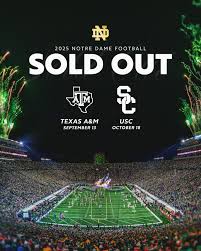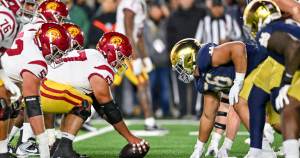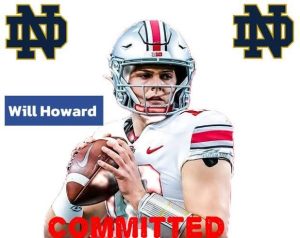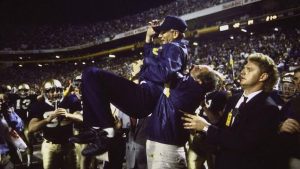
Caitlin Clark’s victory over Angel Reese breaks records and becomes the most-watched WNBA game in two decades in a historic victory that was seen by over 3 million viewers!
In a game that lived up to every ounce of its hype, rookie phenom Caitlin Clark delivered a signature performance in a thrilling victory over rival Angel Reese—drawing over 3 million viewers and making it the most-watched WNBA game in more than two decades.
This wasn’t just a basketball game. It was a cultural moment. A collision of two stars, two stories, and a fanbase hungry for something bigger. For Clark, it was a statement game. For the WNBA, it was a turning point. And for fans, it was pure, unscripted magic.
Caitlin Clark and Angel Reese have been intertwined since their iconic NCAA tournament clash in 2023, when LSU’s Reese led her team to victory over Iowa and punctuated the win with a now-famous taunt. That moment—polarizing and powerful—catapulted both players into the national spotlight. It was competitive fire meets showtime flair. It was old-school grit meets viral age drama.
Fast forward to 2025, and the energy hasn’t dimmed. Clark and Reese entered the WNBA as two of the most talked-about rookies in league history. Their arrival marked a surge in ticket sales, merchandise, and social media buzz. But it wasn’t until their highly anticipated professional face-off that the world truly paused to watch.
The matchup between Clark’s Indiana Fever and Reese’s Chicago Sky was already circled on every calendar. But no one could have predicted just how explosive the actual game would be.
From the opening tip, Clark controlled the tempo. With her signature deep threes, no-look passes, and fearless drives to the rim, she racked up a stat line that was nothing short of electric: 29 points, 9 assists, and 6 rebounds. Her court vision and poise under pressure silenced doubters and reignited MVP chatter—even just weeks into her rookie season.
Reese, never one to shy away from a battle, brought her own fire. She posted a double-double—with 17 points and 14 rebounds—and showed off the same tenacity and trash talk that made her a fan favorite (and villain to some). The matchup was physical, emotional, and competitive until the final whistle.
In the end, Clark’s Fever edged out the Sky 92–88, but the real winner was the league itself.
The viewership numbers were staggering. With 3.1 million tuning in across ESPN and its streaming platforms, the game became the most-watched WNBA game since 2001, blowing past previous regular-season and even many postseason records.
To put that in perspective: it outdrew numerous NHL playoff games and rivaled early-round NBA matchups. The crowd in Indianapolis was packed, standing-room only. Social media exploded, with clips of Clark’s step-back threes and Reese’s blocks going viral in real time.
And this isn’t an anomaly—it’s a movement. The “Clark Effect,” as many are calling it, is lifting all boats. But it’s not just about one player.
Yes, Caitlin Clark is a generational talent. Her range, IQ, and charisma are undeniable. But the WNBA’s boom goes beyond her. This moment is the result of years of investment in women’s sports, increased media coverage, and a new generation of fans who see women’s basketball as must-see TV.
Angel Reese, too, is a driving force. Her unapologetic style and magnetic personality bring flair and drama to every court she steps on. Together, she and Clark form a dynamic similar to what Magic Johnson and Larry Bird did for the NBA in the 1980s—rivalry elevating the entire sport.
It’s also important to recognize the league’s veterans—players like A’ja Wilson, Breanna Stewart, and Sabrina Ionescu—who’ve built the foundation that Clark and Reese are now helping to elevate.
The commercial impact has been just as seismic. Clark’s Fever jersey has sold out multiple times. Ticket prices have doubled in some markets. WNBA arenas are seeing attendance spikes not just when Clark or Reese visit, but across the board.
Broadcast partners are taking notice. ESPN, Amazon Prime, and CBS have all increased their WNBA coverage in 2025, offering better time slots, more behind-the-scenes features, and broader promotion. Brands like Nike, Gatorade, and State Farm have inked major endorsement deals with Clark and Reese, signaling a shift in how corporate America views women’s sports.
This is not a fad. It’s a financial revolution.
Caitlin Clark’s win over Angel Reese was more than a check in the W column. It was a validation of her potential, a demonstration of her impact, and a reminder that sports at their best are about storylines as much as stat sheets.
She responded to the moment with humility, praising her teammates and acknowledging Reese’s competitive fire. Reese, for her part, handled the loss with grace—already eyeing their next meeting. The mutual respect was clear, even amid the rivalry.
More importantly, little girls in the stands—and millions watching at home—got to see what’s possible. That’s the legacy being built here. It’s not just about Clark and Reese. It’s about the doors they’re kicking open for the next wave of players, fans, and dreamers.
There will be more battles between Clark and Reese, and that’s good news for everyone. Each game adds another layer to their story. The next showdown will be even bigger, the stakes even higher.
But let’s pause to appreciate what just happened: a WNBA regular-season game not only smashed viewership records but also changed the perception of women’s basketball. It proved that when you give the game the stage it deserves, people will watch—and they’ll keep coming back.





